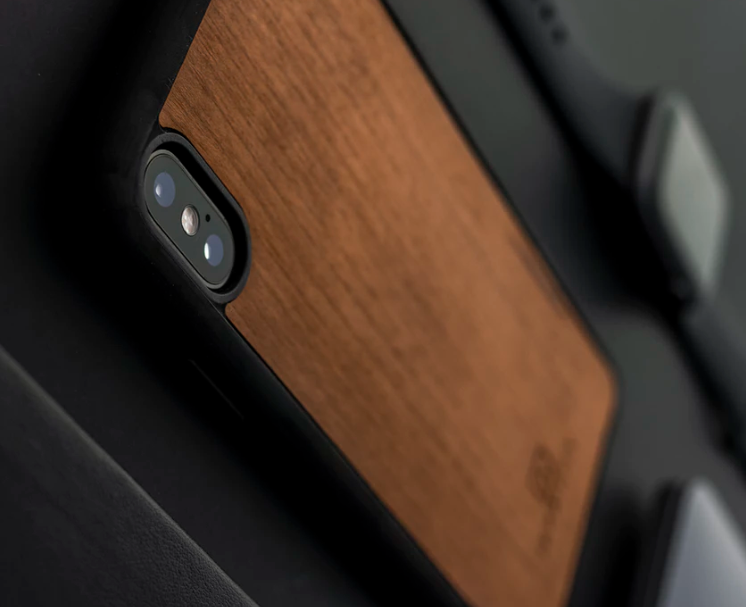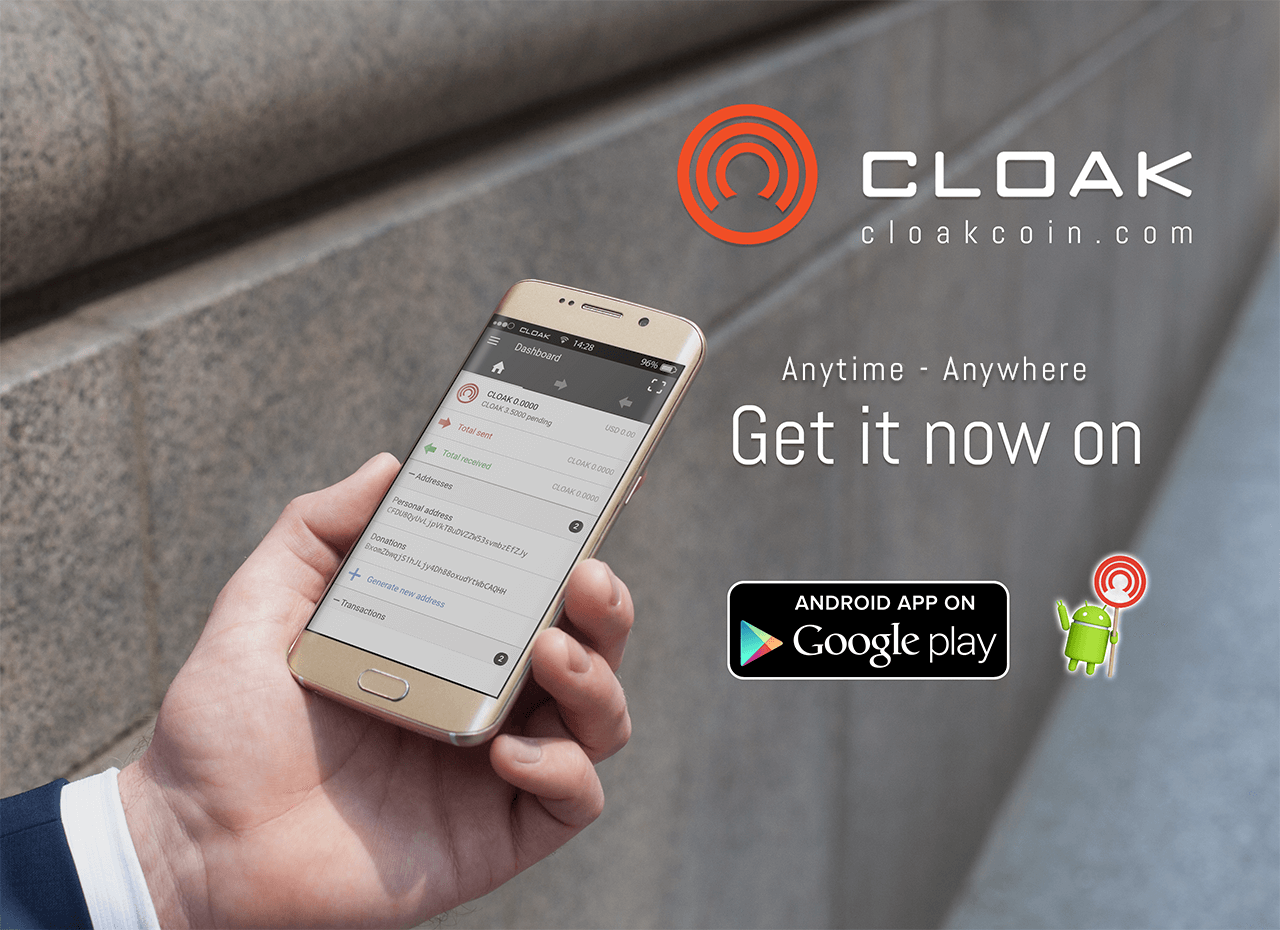
How to Easily Make Your Own Crypto Hardware Wallet
1 Part Smartphone + 1 Part Knowhow = Private, Do-it-Yourself Cold Storage for CloakCoins

Spend enough time in the blockchain space, and you’ll quickly learn a universal truth — keeping significant amounts of cryptocurrencies on an exchange is far too risky. You see, although you own the login details to your exchange accounts, technically, you don’t truly own the crypto inside your account dashboard.
Now, to blockchain newcomers, this concept is counterintuitive. You may be asking yourself, “if I can freely send, receive, and trade the coins and tokens within those accounts, who says I don’t own them?”
The laws of the blockchain say so, that’s who.
And, unlike most human-made laws, this one’s simple — since exchanges hold the private keys to all user accounts, they are the actual owners of everyone’s cryptocurrencies.
“Not your keys, not your crypto!”
So, if exchanges aren’t fit for the storage of digital assets, what’s the best place to hold them? You guessed it, a crypto hardware wallet. The primary advantage of hardware wallets is that they’re ‘cold.’ Cold storage means your crypto’s main gateway — private keys — aren’t allowed to play online.
Unlike ‘hot’ wallets in which Internet-connected servers hold your assets, a cold wallet’s private keys never leave the confines of a physical hardware device.
Centralized exchanges are prime targets for hackers — unlike decentralized exchanges (DEXs) that don’t require users to relinquish control of their private keys. And, centralized exchanges do get hacked. A lot. All the time. Way too often! Which is why it’s so important to avoid keeping significant funds with any of them.
Today’s cold-storage hardware offerings are diverse. From Ledger (starting at $59) to Trezor (starting at $78) to KeepKey ($79), there’s no shortage of options for keeping your bitcoin, ethereum, and hundreds of altcoins on ice.
However, this article isn’t about spending an average of $72 for new hardware — yes, we did the math! Instead, we’re here to teach you how to make a crypto hardware wallet using an item you may already have at home.

Do-it-Yourself Crypto Lockdown
Some projects — and not just the blockchain variety — are best for the professionals. Other projects are too simple to not perform on your own.
The good news is that this do-it-yourself activity falls into the latter camp — very basic.
Using a smartphone with a removable SIM card, here’s the three-step process:
1) Download & Setup Mobile Crypto App(s)
Whether using the Cloak Mobile Wallet — currently for Android only — or any of the crypto industry’s multiple mobile apps, the first step is to add wallets to your phone.
Don’t worry about downloading everything now — you can always go back and add more apps later.
2) Remove the SIM Card
A phone without a SIM card is super-difficult to trace.
Unless an unethical party knows your smartphone’s unique IMEI — International Mobile Equipment Identity — a SIM card-less mobile device may as well be invisible.
3) Activate Airplane Mode
To safely view your digital stash — but not receive, send, or trade — disable your phone’s ability to use mobile data by putting the device into offline mode.
And when it’s time to interact with your phone’s mobile wallets, merely use Wi-Fi to perform transactions. Since the missing SIM card prevents your phone from connecting to a cellular network, your crypto activities remain stealth.
Even better still, if your Wi-Fi connection is part of your password-protected home network, the chances of hackers swiping your coins and tokens are incredibly slim.
Now, keep in mind that this trick also works for any crypto app you add to your phone — if your collection of digital assets extends beyond CloakCoin, great!
So long as your phone contains the storage capacity, you’re free to add other apps to your discreet, easy-to-hide crypto vault.
Wrapping Up
If you hold any crypto whatsoever, protecting those digital assets from the world’s criminals is priority #1. And believe us, hooligans try to steal crypto every single day.
As an anonymity-oriented blockchain project, privacy is undoubtedly crucial to us here at CloakCoin. However, our private network and cloaked transactions can go only so far to protect you.
Once you hold CloakCoin — or any other cryptocurrency — you essentially become your own bank
You decide the flow of funds without the need to ask permission or wait days or weeks for transactions to clear. Know of a bank that’s open on Sundays? We don’t either, but everyone should be free to transact 24/7.
However, with that freedom comes great responsibility. It’s up to you to protect the crypto that’s rightfully yours.
By using what you learned here, you can customize a secure and private storage solution. It doesn’t get any more familiar than a device you already carry around with you every day.
No old phone? No problem! Pick up a refurbished model for less than half the cost of custom crypto hardware.
Plus, by default, low-cost phones are Android devices. So long as your smartphone runs Android 2.3.3 and up, you can access our CloakCoin mobile wallet.
Regardless of whether you choose to purchase a crypto hardware wallet, make your own, or even create an offline, paper wallet, the message is the same: Keep all your private keys private!
Graphics: Courtesy of Brad Pouncey via Unsplash, CloakCoin Project

